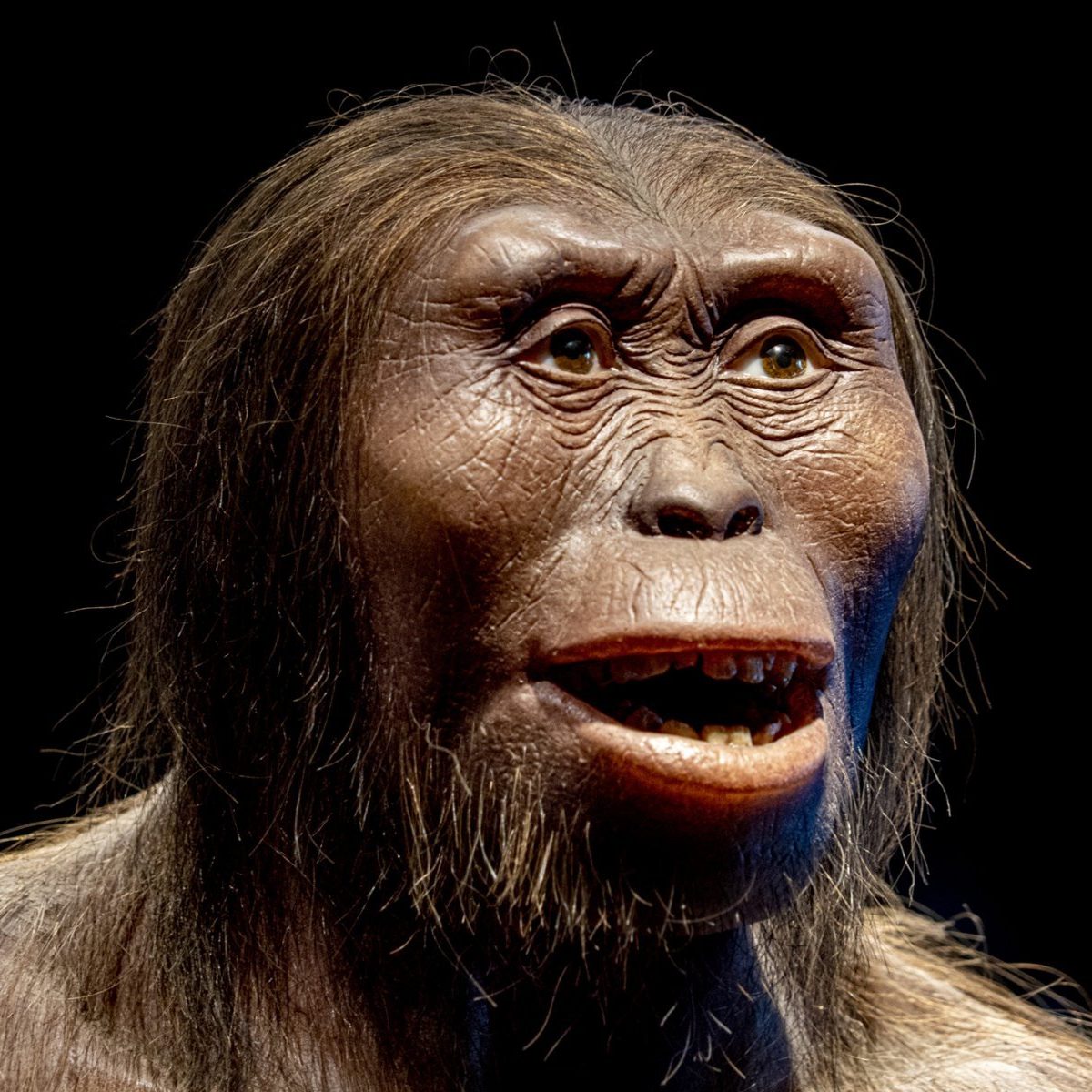Three million years ago, the renowned human ancestor Lucy met a tragic demise, leaving behind fossilized bones that remain unparalleled in paleoanthropology. Donald Johanson, Lucy’s discoverer, shared insights during his 2017 visit to Georgia, shedding light on her life, from how she walked to her body shape, and delving into the potential tragic details of her death
In 1974, Donald Johanson embarked on an Ethiopian expedition, leading to the discovery of fossilized forms of human ancestors. Lucy’s humerus caught Johanson’s attention, and the subsequent identification of hundreds of skeletal fragments from a single individual significantly advanced our understanding of human evolution. Lucy’s 3.2-million-year-old existence remains paleoanthropology’s most iconic find.
An August 2016 Nature article explored the hypothesis that Lucy fell from a tree. While Lucy’s species was bipedal, suggesting diminished tree-climbing skills compared to ape relatives, they still engaged in arboreal activities for sleep, food, or predator avoidance. Anthropologist John Kappelman, the study’s author, inferred Lucy’s fall from a tall tree stump based on bone damage patterns and potential fractures, emphasizing the absence of bite marks.
Critics, including Donald Johanson, argued that similar injuries occurred during the discovery of fossilized forms of various animals in Ethiopia, attributing them to geological effects during the fossilization process. Disagreements persist within scientific circles, questioning Lucy’s classification as Australopithecus afarensis or a distinct species. Despite uncertainties, Lucy undeniably plays a pivotal role in unraveling the mysteries of human evolutionary history.










